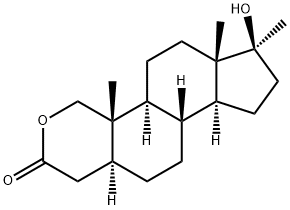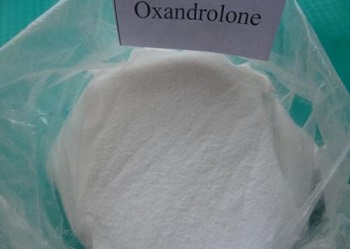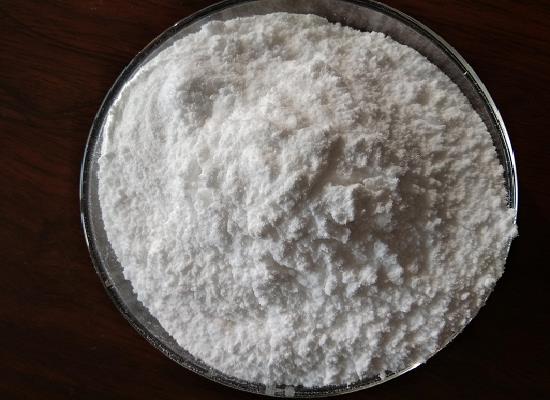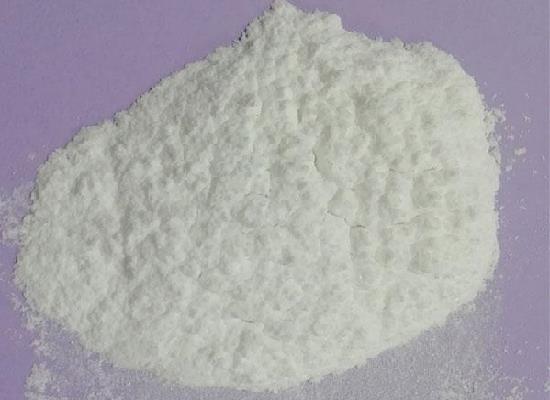Oxandrolone: pharmacokinetics clinical efficacy and side effects
General Description
Oxandrolone is an anabolic steroid with unique pharmacokinetic characteristics. It is well absorbed orally and reaches peak serum concentrations within approximately 1 hour. Unlike other steroids, it shows resistance to liver biotransformation, reducing the risk of drug interactions and liver toxicity. The drug is excreted mostly unchanged in the urine. Oxandrolone has a high anabolic-to-androgenic ratio and exhibits marked anabolic effects with few androgenic effects. It stimulates appetite and promotes muscle anabolism through various pathways. In clinical studies, oxandrolone has shown significant benefits in catabolic conditions such as severe burns, trauma, HIV-related muscle wasting, and neuromuscular disorders. It improves weight gain, muscle protein synthesis, healing time, and overall outcomes. Adverse effects include temporary increases in liver enzymes and decreases in HDL cholesterol levels. Severe complications can occur with high doses and prolonged use, but therapeutic dosages rarely lead to serious liver dysfunction. Monitoring liver function is important while using oxandrolone. Overall, oxandrolone holds promise for promoting anabolic support and clinical benefits in catabolic conditions.

Figure 1. Tablets of oxandrolone
Pharmacokinetics
Oxandrolone is an anabolic steroid with unique pharmacokinetic characteristics. It is well absorbed orally, reaching peak serum concentrations within approximately 1 hour. Unlike other steroids, such as testosterone, oxandrolone demonstrates resistance to liver biotransformation. This reduces the risk of drug interactions and liver toxicity commonly associated with other steroids. Around 28 percent of the drug is excreted unchanged in the urine, while the rest is preferentially sulfated to 17-epioxandrolone. Due to its limited biotransformation and high degree of protein binding, oxandrolone maintains higher plasma levels compared to methyltestosterone. It exhibits marked anabolic effects and few androgenic effects, with a high anabolic-to-androgenic ratio of 10:1. In humans, the anabolic activity of oxandrolone is approximately 6.3 times that of methyltestosterone when administered orally. The mechanisms by which oxandrolone promotes weight gain are multifaceted. It is known to stimulate appetite and may promote muscle anabolism through both anabolic and anticatabolic pathways by interacting directly with androgen or glucocorticoid receptors in the muscles. 1
Clinical efficacy
Oxandrolone has been found to provide significant benefits in various catabolic conditions, including severe burns, trauma after major surgery, HIV-related muscle wasting, neuromuscular disorders, alcoholic hepatitis, and chronic illness with muscle wasting. In clinical studies, patients treated with oxandrolone showed improved weight gain and maintenance compared to those receiving a placebo. The drug can decrease the hypermetabolic response in severe burn injuries, enhance muscle protein synthesis, decrease weight loss and nitrogen loss, improve healing time, reduce complications, and improve overall outcomes. Oxandrolone combined with increased protein intake has been shown to effectively restore body weight and lean mass lost due to burn-induced catabolism, and these gains can be maintained even after discontinuing the drug. Long-term administration of oxandrolone in children with severe burns has also demonstrated improvements in lean body mass, bone mineral density, and bone mineral content. Overall, oxandrolone has shown promise in promoting anabolic support and beneficial clinical outcomes in various catabolic conditions. 2
Side effects
Oxandrolone, like other androgenic anabolic steroids, has the potential to cause adverse effects. Commonly observed in clinical trials are temporary increases in liver enzyme levels and decreases in high-density lipoprotein cholesterol levels, which typically resolve upon discontinuation of treatment. However, hepatic dysfunction associated with this drug can range from elevated liver enzymes and cholestatic jaundice to more severe complications such as peliosis hepaticus, hyperplasia, adenomas, and hepatocellular carcinoma. Adenomas and carcinomas have been shown to regress after stopping the drug. These adverse effects are often seen with high doses, prolonged use of over 1 year, concurrent use of multiple anabolic agents, or in the treatment of certain types of anemia. The severity and incidence of these effects are considered to be dose-dependent, and therapeutic dosages of oxandrolone rarely lead to serious liver dysfunction. Most reported cases of hepatic toxicity involved asymptomatic and reversible increases in liver enzyme levels, without evidence of permanent damage. It's important to monitor liver function when using oxandrolone. 3
Reference
1. Karim A, Ranney RE, Zagarella J, Maibach HI. Oxandrolone disposition and metabolism in man. Clin Pharmacol Ther, 1973, 14(5):862-869.
2. Akyurek M, Dunn RM; Plastic Surgery Educational Foundation DATA Committee. Oxandrolone. Plast Reconstr Surg, 2006, 118(3):791-794.
3. Dickerman RD, Pertusi RM, Zachariah NY, Dufour DR, McConathy WJ. Anabolic steroid-induced hepatotoxicity: is it overstated? Clin J Sport Med. 1999, 9(1):34-39.
You may like
Related articles And Qustion
See also
Lastest Price from Oxandrolone manufacturers
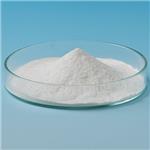
US $2400.00-2228.00/kg2024-10-23
- CAS:
- 53-39-4
- Min. Order:
- 1kg
- Purity:
- 99.9%
- Supply Ability:
- 500kg

US $35.00/Box2024-10-18
- CAS:
- 53-39-4
- Min. Order:
- 1Box
- Purity:
- 99.99%
- Supply Ability:
- 10000000000
